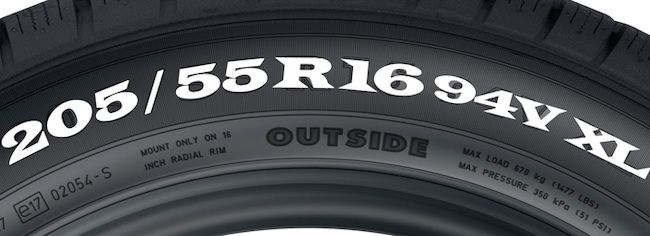How to Choose a Good Set of Tyres for Your Ride
Tyre Markings and Tread Patterns that provide useful information.


Tyres have different tread patterns to help with gripping ability. In dry conditions a completely smooth tyre would grip the road’s surface the best, but since vehicles drive on wet surfaces at least some of the time, they must have a tread or grooves cut into the tyres’ surface.
These grooves actually send water or other forms of precipitation in controlled directions, keeping the tyre pressed against the road instead of floating on the water. Summer tyres typically have fewer grooves or treads, which are also fairly shallow.
Wet weather tyres have more grooves that are cut deeper into the tyre to accommodate large amounts of water on the road. The more grooves are cut into a tyre and the deeper the channels, in general the noisier the tyre will be while traveling down the road. This noise increases the faster the vehicle travels.
Tyres that are asymmetrical have a tread that does not look the same on both sides of the tyre. With symmetrical tyres you can literally split the tyre’s tread in half fold one half over the other and the tread patterns would line up with each other.
All asymmetrical tyres have a marking such as “outside” or “this side out” on the side of the tyre to indicate how the tyre should be mounted on a vehicle’s wheel. Asymmetrical tyres are designed to have half of the tread be optimal for dry weather driving while the other side is ideal for wet conditions.
Credits:


Get the Best Price for your used car
from 500+ dealers in 24 hours

- Convenient and Hassle-Free
- Consumer Protection
Transparent Process
With No Obligation








